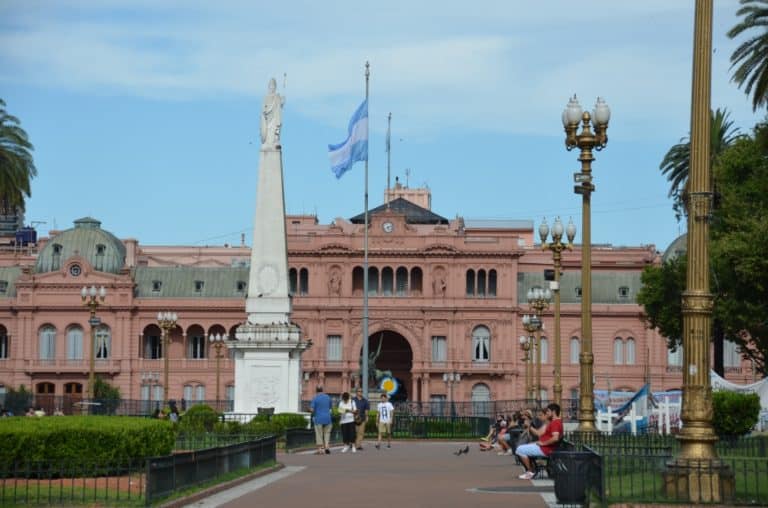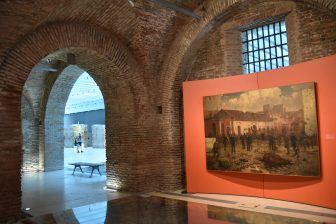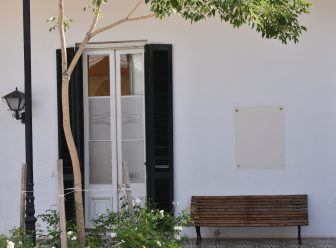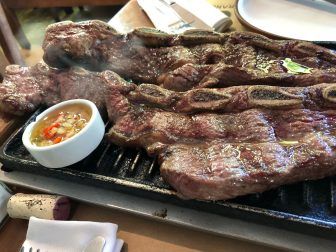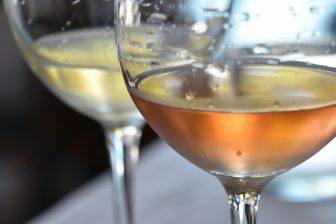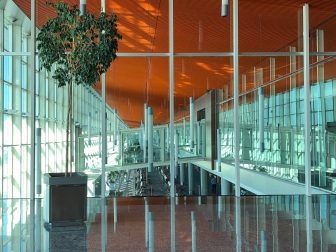Argentina - Pampas & Patagonia
The Republic of Argentina is the second largest state in South America.
The Capital of Argentina is Buenos Aires.
To the north, it is bordered by Bolivia and Paraguay, to the west by Chile, to the south by Chile and the Atlantic Ocean whilst to the north, it is bordered by Brazil and Uruguay.
If you are visiting this part of the world, whatever happens, do not miss out on the opportunity to visit the Iguazu Falls which you can see in the photos of our trip.
This spectacular sight is close to the borders with Brazil and Paraguay and is undoubtedly one of the most beautiful things to see in Argentina.
The country stretches for 2,780,400 square kilometres, is divided into 23 different regions which includes the autonomous city of Buenos Aires and is the largest Spanish speaking country in South America.
In Patagonia which is a large area to the south of the country, the first signs of human habitation have been found dating back to 11,000 years BC.
The historical populations of Argentina relied on agriculture and hunting and fishing for their survival.
Being such a large country, the agriculture varied according to the different zones.
For example, in the region of the Andes, the principle crop was maize whilst in the north-east region of the country, the main crops were yucca and sweet potatoes.
The short-lived empire of the Inca in neighbouring Chile was one of the most structured and well developed in the area of the Andes whilst in the central and southern zones, (the Pampas and Patagonia), the population tended to be more nomadic.
In the early decades of the 16th century, the “conquistadores” began to arrive in South America, mainly from Spain.
These were people without scruples who were driven purely by the greed for riches and glory, much to the detriment of the native inhabitants.
Despite arriving in vastly inferior numbers to the indigenous population, these “invaders,” within a mere 100 years, succeeded in eliminating 70% of the native population.
This was not simply due to their more sophisticated weaponry but also as a result of the infectious diseases they brought with them such as measles, chickenpox and smallpox.
The native peoples had no immunity to these diseases as they had not been present in South America prior to the arrival of the “conquistadores.”
As a result, the indigenous peoples died in their thousands.
In the year 1580, the Spanish made a permanent settlement which provided them with a fixed point from which they could set off on their further expeditions to conquer as yet unexplored territories. Today, that original small settlement has become Buenos Aires, the capital of Argentina.
What followed were massacres of the local peoples in their thousands, entire tribes were completely annihilated and this dominion over the native peoples continued for a couple of centuries.
The conquistadores were ably assisted in this by the church, who supported and actively encouraged these acts of barbarism as a conduit to the conversion of these “pagan” peoples.
Argentina remained under Iberian rule for centuries and it wasn’t until the 9th of July, 1816 that the country was able to declare its independence from Spain.
Population: Approximately 42,000,000 inhabitants
Language: Spanish
Currency: the Argentine Peso
Time difference: Argentina is 3 hours behind GMT
Telephone dialling code: +54
Car registration ID: “RA “
Electrical voltage: type C and type I, voltage 220 V, 50 Hz
The national flag is rectangular with three horizontal bands.
The two external bands are light blue with a white band in the middle with a yellow sun in the centre.
Argentina is a vast country.
It is estimated that the country’s length is in the region of 3.700km, with a maximum width of 1,400 kilometres.
The climate and the landscape vary greatly from the fertile plains of the Pampas to the sub-tropical areas of the north.
Then there is also the spectacular mountain range of The Andes and the colder regions of Tierra del Fuego.
The country has a wealth of large rivers, the largest of which is the Paranà which stretches for 4,880 kilometres – 1,800 of which are in Argentina.
The largest fresh-water lake is situated in Patagonia, in the province of Santa Cruz and is called the Lago Argentino covering an area of 1,415 square kilometres with a maximum depth of 500 metres.
Then there is the large salt-water lake known as Mar Chiquita which covers an area ranging from 2,000 to 6,000 square kilometres depending on the time of year.
To the west lie the highest mountains in South America which are part of the Andes on the border with Chile.
The highest peak is Aconcagua at 6,960 metres above sea level but there are also great plateaux and volcanoes.
There are at least 1,800 of the latter, 28 of which are still active.
And then there is the famous Argentinian meat which is known throughout the world because of its excellent quality.
This is thanks to a programme that was started some 50 years ago with the introduction of several different breeds of cattle that are free to roam and graze the lush green pastures of the Pampas.
The coast of Argentina looks out across the Atlantic Ocean over a distance of 4,665 kilometres.
Argentina is a country that is full of charm and contradictions with a wide variety of flora and fauna and because of this variety, it is a country that can satisfy all those who visit as there is something for everyone.
If you are visiting Argentina, it goes without saying that you should make sure you get the chance to see a Live Tango show.
There are plenty of venues where this wonderfully sensual and thrilling dance can be enjoyed whilst having a drink or a meal.
Flying from the UK to Buenos Aires takes between 14 and 17 hours, depending on stopovers
| Bariloche | Buenos Aires | Iguazù |
The Last Lunch and Museums
[ Apr.2018 ] Our last lunch in Buenos Aires in Argentina was at a restaurant called Prosciutto in Junin Street, the same street where the tango lesson studio was. The name suggests that this was an…
San Antonio de Areco, the Gaucho town
[ Mar.2018 ] The next day, we had an excursion to San Antonio de Areco from Buenos Aires in Argentina. This town is situated 113km northwest of Buenos Aires in the Pampas with the population…
Samba Danced by a Table
[ Mar.2018 ] The time passed quickly and it was already the 8th day of our stay in Buenos Aires in Argentina. We found a restaurant called “Miranda” and we felt we must try it…
Wine Tasting
[ Mar.2018 ] Our full city tour in Buenos Aires in Argentina finished in front of a restaurant called Freud & Fahler, which was near our hotel in Palermo. We said goodbye to Elisabet, our…
revisit Buenos Aires
[ Mar.2018 ] We decided to spend our Easter Holiday in Buenos Aires in Argentina. We have been there before, about two years ago, but that was a part of the grand tour visiting three…
used the underground train to go shopping
[ Mar.2018 ] It was Sunday on the third day of our stay in Buenos Aires in Argentina. For me, it was the shopping day I was looking forward to. Although many of the ordinary…

